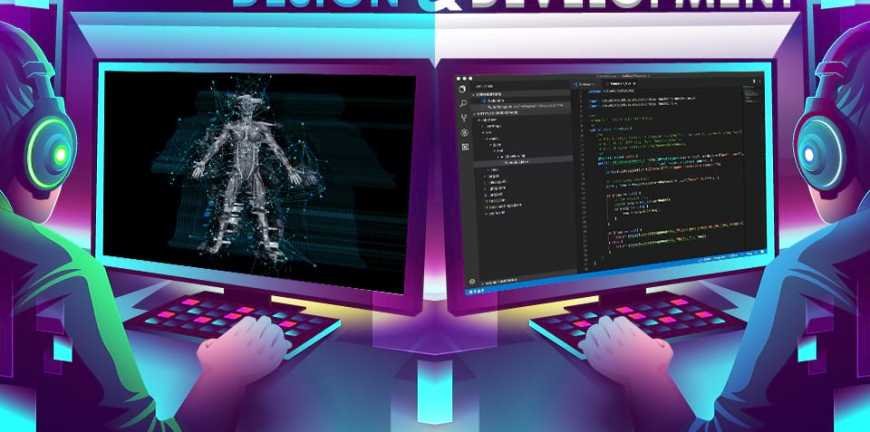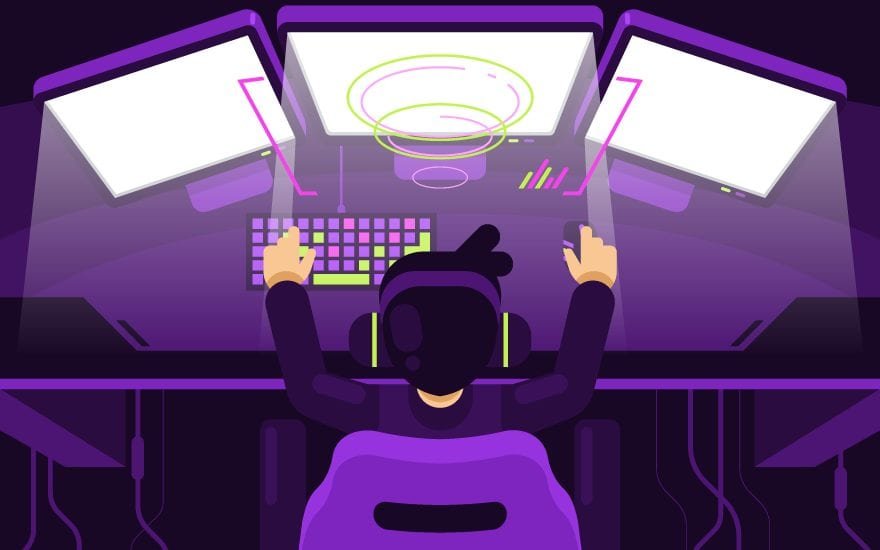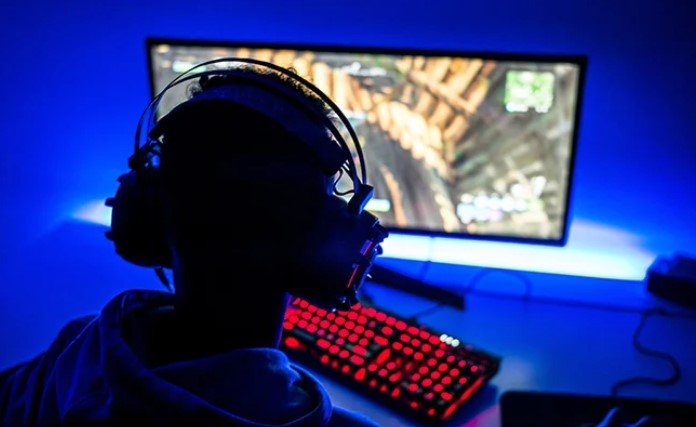Creating stunning and interactive games requires a strong understanding of computer graphics. If you’re eager to learn how to master computer graphics for game development, this guide is for you. By focusing on the fundamentals and building your skills step by step, you can design visually impressive games that captivate players. Let’s break down the key aspects of mastering this essential skill.
Understand the Basics of Computer Graphics
To start, you need to grasp the basic concepts of computer graphics for game development. These include rendering, textures, shading, and lighting. Rendering is the process of converting 3D models into 2D images that players see on their screens. Shading adds depth and detail to objects, while lighting creates realistic environments. A solid foundation in these areas is critical for success in game development.

Learn the Tools of the Trade
Mastering computer graphics for game development means getting comfortable with industry-standard tools. Software like Blender, Maya, and 3ds Max are commonly used for creating 3D assets. Game engines such as Unity and Unreal Engine allow you to bring these assets to life. Spend time learning these tools, as they play a crucial role in creating high-quality graphics.
Focus on 3D Modeling
3D modeling is a core part of computer graphics in game development. It involves creating objects, characters, and environments that populate your game world. To improve your skills, practice designing various models, starting with simple shapes and gradually progressing to complex structures. Pay attention to detail and ensure your models are optimized for performance.
Master Textures and Materials
Textures and materials are essential for making game graphics look realistic. Textures are images applied to the surface of 3D models, while materials determine how these surfaces interact with light. Learn to create and apply textures that add depth and realism. Experiment with different materials to achieve the desired look for your game.
Understand the Role of Lighting
Lighting is a powerful tool in computer graphics for game development. It can set the mood, highlight important areas, and make environments feel more immersive. Study techniques like global illumination, ambient occlusion, and dynamic lighting to enhance the visual appeal of your game. Proper lighting can make a significant difference in how players experience your game.
Dive Into Animation
Animation brings your game to life by adding motion to characters, objects, and environments. Understanding how to animate effectively is a vital part of mastering computer graphics for game development. Learn techniques such as rigging, keyframing, and motion capture. Animation not only makes your game dynamic but also improves its storytelling.
Study Rendering Techniques
Rendering techniques are critical for creating visually appealing games. Real-time rendering is used for interactive elements, while pre-rendered graphics are often used in cutscenes. Learn about shaders, anti-aliasing, and post-processing effects to make your game graphics stand out. Balancing quality and performance is key to ensuring a smooth gameplay experience.
Work on Optimization
Optimizing your graphics ensures your game runs smoothly on different devices. High-quality graphics can be demanding, but optimization techniques like reducing polygon counts, compressing textures, and using level of detail (LOD) can help. Always test your game on various platforms to identify and fix performance issues.
Stay Updated with Trends
The world of computer graphics for game development evolves rapidly. New technologies like ray tracing and real-time global illumination are transforming the industry. Stay informed about the latest trends and tools to keep your skills sharp. Following industry news and joining game development communities can help you stay ahead.
Practice Consistently
Mastering computer graphics takes time and consistent effort. Practice regularly by working on small projects, experimenting with different techniques, and learning from others. Don’t be afraid to make mistakes; every challenge you overcome helps you improve. The more you practice, the better your skills will become.
Conclusion
Mastering computer graphics for game development is a rewarding journey that requires dedication and a willingness to learn. By focusing on the fundamentals, using the right tools, and consistently practicing, you can create visually stunning games that stand out. Whether you’re designing characters, building environments, or working on animations, every aspect of computer graphics contributes to an immersive gaming experience.




